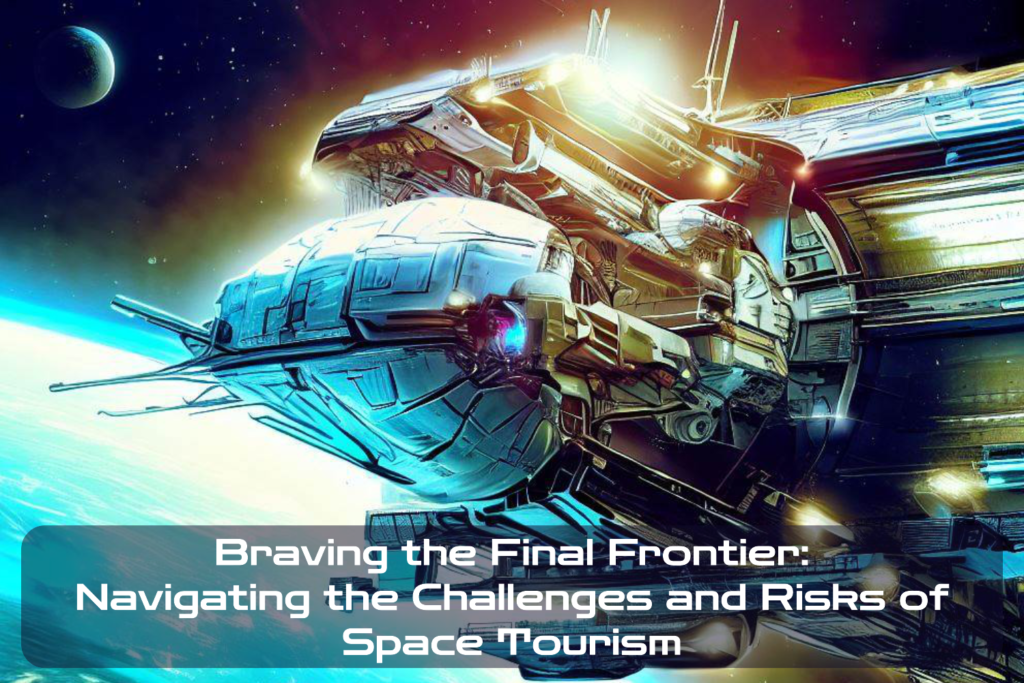The Final Frontier: A Brief Overview of the Rise of Space Tourism
Space tourism is no longer a figment of our imagination. With the advent of private space companies, space travel has become increasingly accessible for those with enough money to afford it. In fact, seven tourists have already paid up to $55 million for a trip to the International Space Station (ISS).
As companies like SpaceX and Blue Origin continue to push the boundaries of space travel, we can only expect this industry to grow. But with this growth come new challenges and risks that need to be addressed.
The purpose of this article is to explore some of the challenges and risks associated with space tourism. From motion sickness to equipment failure, we’ll examine what it takes for passengers and providers alike to ensure a safe and successful trip into the final frontier.
Pioneering Space Tourism
As more people dream about experiencing weightlessness or catching a glimpse of Earth from outer space, it’s important that we understand both the benefits and drawbacks that come with space tourism. Not only do we need to ensure the safety of those who embark on these journeys, but we also need to consider how this growing industry could impact our planet. While still in its infancy, space tourism has already faced setbacks such as fatal accidents involving test flights for spacecraft.
It’s essential that we address these challenges head-on so that future travelers can enjoy their trips without fear or danger. Through examining both sides of this coin–the excitement surrounding private astronaut flights as well as the risks involved–we can better understand what it takes for humanity to pave its way towards new frontiers.
The Challenges Faced by Space Tourists
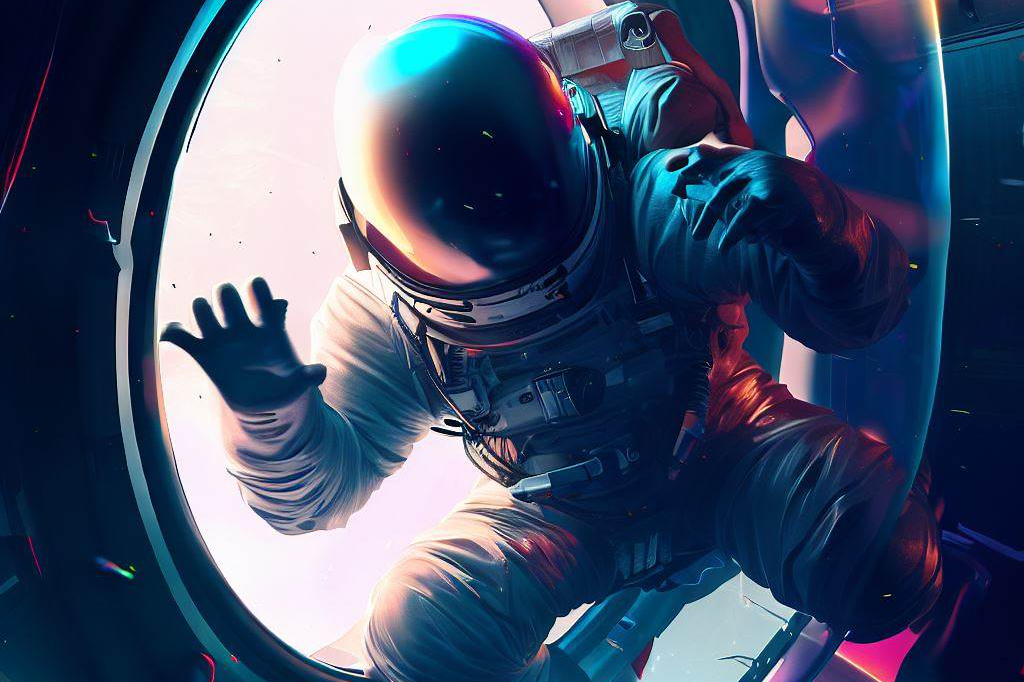
Physical Challenges: Motion Sickness and Dehydration
One of the biggest challenges faced by space tourists is dealing with the physical effects of space travel. This includes things like motion sickness, which is caused by the lack of gravity and can leave passengers feeling nauseous and disoriented.
Dehydration is also a common issue, as the human body has a harder time regulating fluids in zero gravity. To combat these challenges, space tourism providers have implemented various measures to ensure the comfort and safety of their passengers.
For example, some companies require all passengers to undergo medical screenings before being allowed on board, in order to identify any potential issues that could cause problems during the flight. Others provide specialized medications or dietary supplements to help mitigate the effects of motion sickness.
Psychological Challenges: Anxiety and Claustrophobia
In addition to physical challenges, many space tourists also face psychological hurdles when it comes to traveling in outer space. For some people, the idea of being trapped in a small spacecraft for an extended period of time can be overwhelming, leading to feelings of anxiety or claustrophobia.
To address these concerns, providers have taken steps to make their spacecraft as comfortable and spacious as possible. Some even offer additional amenities like private sleeping quarters or entertainment systems to help alleviate boredom during long flights.
However, even with these measures in place, it’s important for potential space tourists to carefully consider whether they are mentally prepared for this type of experience before signing up for a trip into outer space. Providers should also be transparent about the potential risks involved in order to avoid any unforeseen complications during the flight.
The risks involved in space tourism
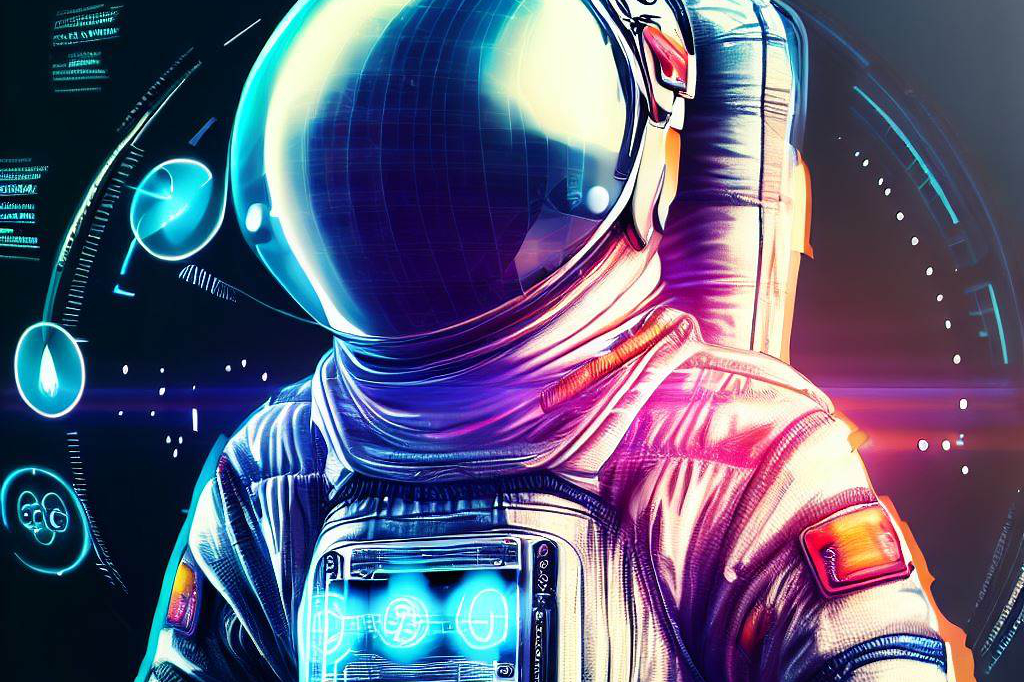
Space tourism is a thrilling and potentially life-changing experience, but it’s important to realize that there are significant risks involved. These risks fall into three main categories: equipment failure or malfunction, exposure to high levels of radiation, and the risk of collision with space debris. Each of these risks deserves careful consideration before embarking on a space tourism adventure.
Possibility of equipment failure or malfunction
Spacecraft are complex machines that rely on many moving parts and electronic systems working together in harmony. Even the smallest malfunction can have catastrophic consequences in the harsh environment of space. Malfunctions can occur for a variety of reasons, including aging technology, manufacturing defects, or human error.
One recent example is the 2014 crash of Virgin Galactic’s SpaceShipTwo during a test flight. The accident resulted in one death and one serious injury.
The investigation revealed that there was a design flaw in the feathering system that was meant to slow down the descent of the spacecraft. This tragic event served as a cautionary tale for all those involved in the development and operation of spacecraft.
Exposure to high levels of radiation
Another risk associated with space tourism is exposure to high levels of radiation. In space, there are no protective layers such as Earth’s atmosphere or magnetic field to shield us from harmful cosmic rays and solar flares. Exposure to these types of radiation can cause DNA damage, increase cancer risk, and even affect cognitive function.
A study by NASA found that astronauts who spent time on the International Space Station were exposed to about ten times more radiation than people on Earth over the course of six months. While tourists may not spend as much time in space as astronauts do, they still face significant exposure during their trips.
Risk of collision with space debris
There is always a risk of collision with space debris. Space is cluttered with a variety of man-made and natural debris, including discarded rocket parts, broken satellites, and even micrometeoroids.
These objects can travel at extremely high speeds and cause significant damage to spacecraft. In 2019, the International Space Station had to perform an emergency maneuver to avoid colliding with a piece of debris from a Russian satellite.
The object was about 1.5 cm in size but could have caused serious damage if it had collided with the station. This incident highlights the importance of tracking space debris and taking the necessary precautions to avoid collisions.
Overall, these risks associated with space tourism must be taken seriously by both passengers and providers. However, with careful planning, preparation, and safety measures in place, we can continue to explore the final frontier in a safe and responsible way.
The role of providers in ensuring safety for passengers
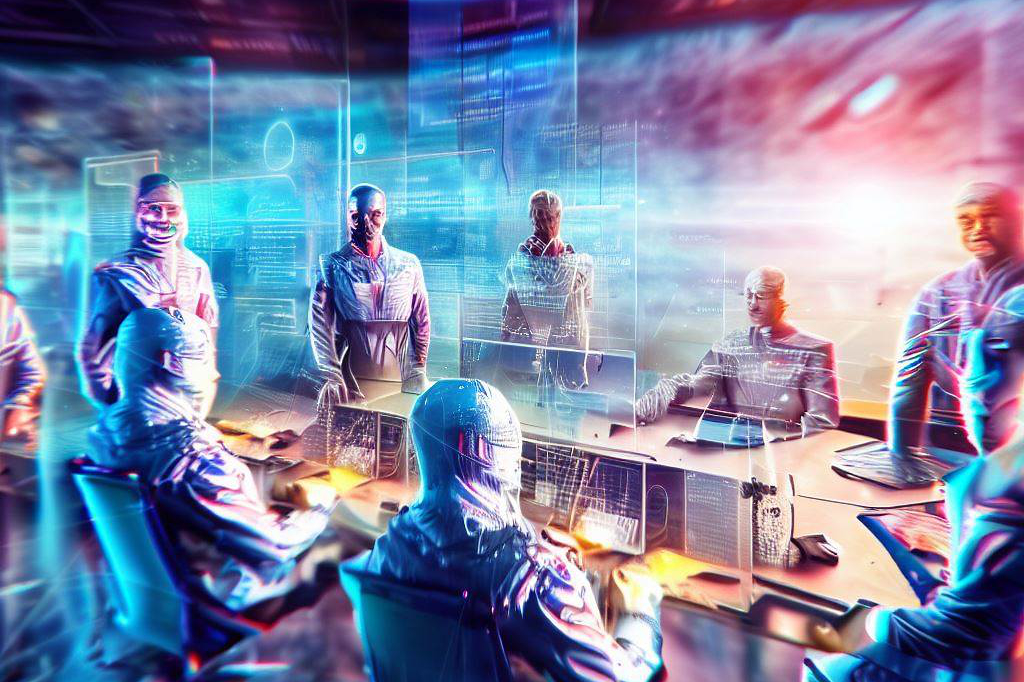
Importance of thorough training for both crew and passengers
Space tourism providers have a crucial role to play in ensuring that their passengers are safe during their journey. One key aspect of this is providing thorough training not only to the crew but also to the passengers themselves. This will help minimize the risks associated with space travel.
The crew members should receive extensive training in all aspects of space travel, including how to operate spacecraft and how to deal with emergencies. They should also be trained in first aid and other medical procedures that may be required during the trip.
Passengers, on the other hand, should be trained on how to use safety equipment such as oxygen masks and fire extinguishers. They should also be briefed on emergency procedures so that they know what to do if something goes wrong during their journey.
Implementation of strict safety protocols and emergency procedures
In addition to providing thorough training, space tourism providers must implement strict safety protocols and emergency procedures. This will help to minimize the chances of accidents occurring while ensuring that they are properly handled if they do occur.
The protocols must cover all aspects of space tourism, from pre-launch preparations through post-landing activities. They should outline the steps that crew members and passengers must take at each stage of the journey, including what equipment they need to use and what actions they need to take in case of an emergency.
Emergency procedures must also be put into place so that everyone knows what actions need to be taken if an accident or malfunction occurs. These include procedures for evacuating the spacecraft or dealing with fires or other hazards.
The Economic Risks for Providers

High Costs Associated with Launching and Maintaining Spacecraft
One of the biggest challenges facing space tourism providers is the high cost of launching and maintaining spacecraft. Building a spacecraft capable of carrying passengers safely into space is an incredibly expensive undertaking.
Even after the initial construction, regular maintenance and upgrades are necessary to ensure safety and functionality. The cost of launching a spacecraft is also extremely high.
Providers must pay for fuel, equipment, staff, insurance, and other expenses associated with each launch. This can add up quickly, especially if there are any delays or unforeseen issues during the launch process.
Uncertainty Surrounding the Demand for Space Tourism
Another major economic risk for space tourism providers is uncertainty surrounding the demand for their services. While there is certainly interest in traveling to space among some individuals, it remains to be seen whether there will be enough demand to sustain multiple operators over time.
Moreover, consumer behavior can change rapidly in response to external factors such as economic conditions or political instability. Therefore, providers face a significant degree of uncertainty when it comes to predicting future demand levels for their services.
Marketing Challenges
In addition to these operational costs and risks, space tourism providers must also navigate marketing challenges in order to attract potential customers.
Given that this type of travel is still relatively new and untested at present, there might be hesitancy among consumers regarding its perceived safety or value proposition compared to other forms of travel like cruises or adventure trips. Marketing efforts can help address these concerns by emphasizing the unique experiences that only space travel can offer – such as seeing Earth from above or experiencing zero gravity – as well as highlighting rigorous safety protocols that demonstrate how seriously companies take passenger safety whilst journeying through one’s desired path beyond our planet.
Overall, whilst lucrative in nature should such technology become cheaper, space tourism does face various economic uncertainties when it comes to operating costs, consumer demand, and marketing obstacles. At the same time, providers are well aware that the rewards of a successful space tourism industry are potentially enormous – not just in terms of financial returns but also in terms of expanding humanity’s understanding of our place in the universe.
Final Thoughts
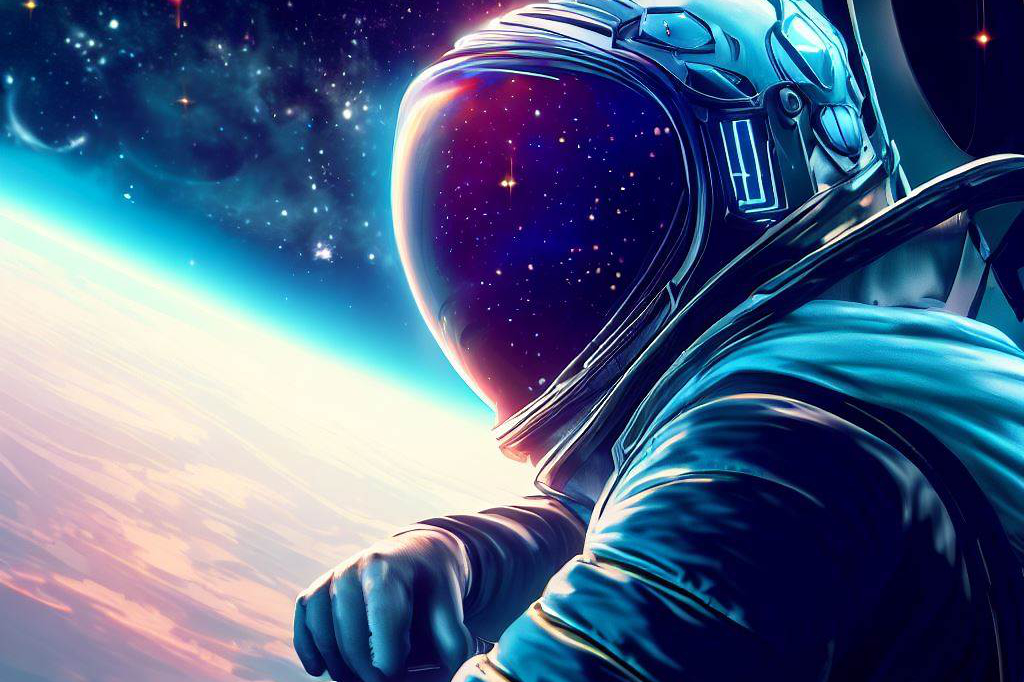
As we have seen, space tourism is an exciting prospect that has gained a lot of attention in recent years. However, it comes with many challenges and risks that both passengers and providers should be aware of. The physical and psychological challenges faced by space tourists are significant, and there are also various safety risks involved in this type of travel.
Providers must take these factors into account to ensure a safe experience for their customers. One of the biggest risks involved in space tourism is equipment failure or malfunction.
Both the spacecraft and its various components need to be designed to withstand the extreme conditions of space travel, which can expose them to intense radiation, temperature changes, and other hazards. Moreover, there is always a risk of collision with space debris that could cause catastrophic damage.
Despite these challenges and risks, it’s important not to lose sight of the potential benefits that space tourism could bring. This industry has the potential to create new jobs, boost technological innovation, and inspire young people to pursue careers in science or engineering.
To ensure this future becomes a reality, however, it’s crucial for providers to prioritize safety measures that mitigate these risks. This means investing in quality training programs for crew members as well as passengers so they know how to handle unexpected situations that may arise during their journey.
It also means implementing strict safety protocols such as thorough pre-flight checklists and emergency procedures should something go wrong during the flight. In addition, spacecraft must meet rigorous standards and undergo frequent maintenance checks to ensure they are in good working order before every launch.
In short: although there are numerous challenges involved with making space tourism viable—both from an economic perspective and, more importantly, from a safety perspective—these risks can be managed through careful planning, training, and investment. If the industry can successfully overcome these initial hurdles, it has the potential to offer an incredible new adventure to people around the world while also contributing to humanity’s broader exploration of space.

C M, a seasoned editor, journalist, and consultant, is deeply fascinated by the convergence of technology, space, and the future of humanity.
With a particular interest in transhumanity, futurology, and the philosophical and ethical dimensions of these domains, C M serves as the lead contributor to SpaceSpotlight and TranscendSphere.
When not penning insightful articles on these rapidly evolving fields, C M indulges in their love for podcasts and books, proudly embracing their status as a ‘Happy Nerd Extraordinaire!’
